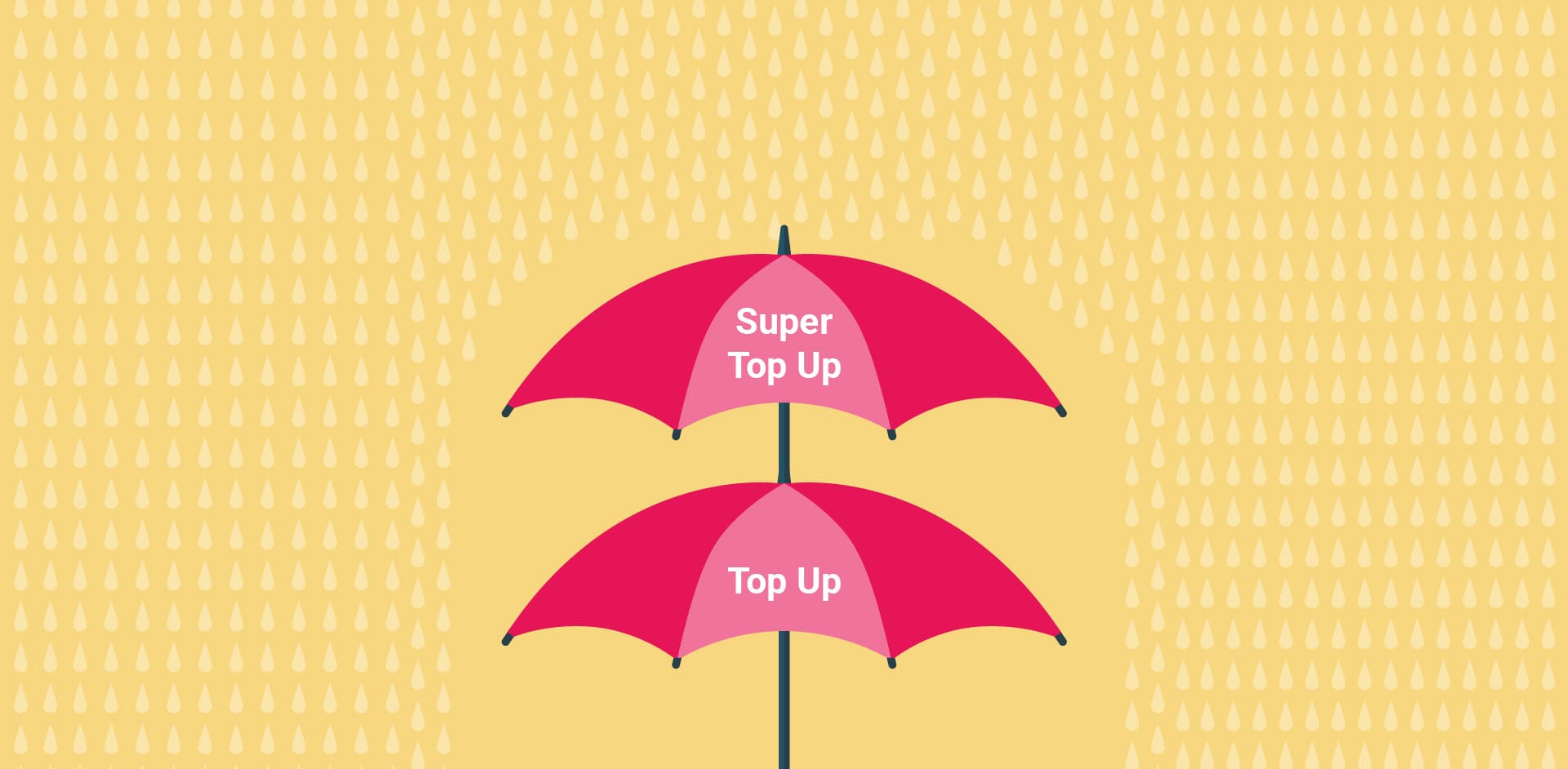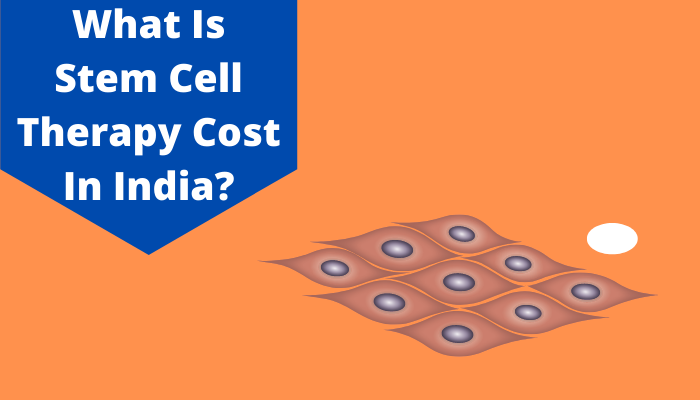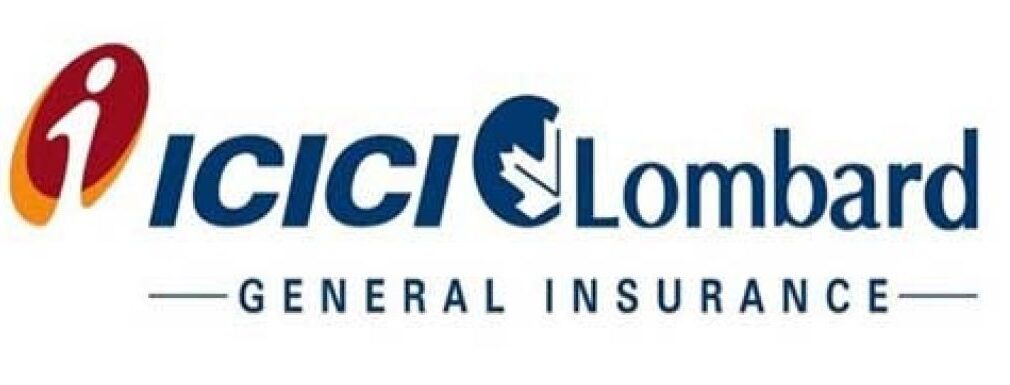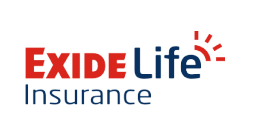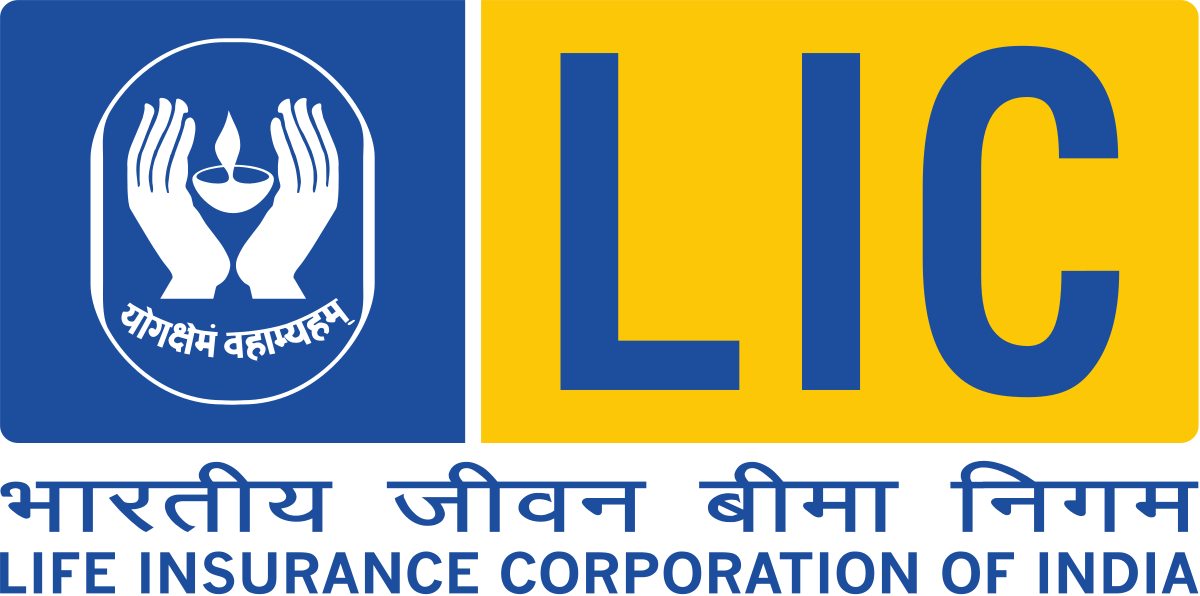Health Insurance Top-Up and Super Top-Up – Your Guide To Know All About It
Romesh is an HR professional in a private sector corporate. His company has provided him health insurance of Rs 5 lakh. However, Romesh, following the advice of his insurance agent, bought a top-up plan of Rs 3 lakh. This top-up turned out to be a saviour for Romesh when he was hospitalized due to an illness.
It happened that his total hospital bill turned out to be Rs 7.5 lakh. Romesh’s hospitalization bill was paid partly by his corporate health insurance of Rs 5 lakh and the remaining Rs 2.5 lakh was paid with the help of his top-up plan. It is clear that Romesh made a smart move by purchasing a top-up plan. Had he not purchased the top-up plan, he would have had to pay Rs 2.5 lakh from his pocket.
We can learn a lot from Romesh’s example. People often give excuses for not purchasing a high health insurance cover. ‘I won’t require more coverage’ or ‘I’ll pay from my savings if need be’; are some of the standard excuses. But this is not the right approach to securing your healthcare needs. Even those with an existing corporate-sponsored health insurance plan should have sufficient coverage and the difference can be made up by a top-up plan.
Let’s understand how top-up and super top-up plans can be beneficial and the factors to be considered while buying them.
- What is TOP-UP Health Plan?
- What is Super TOP-UP Health Plan?
- Top-up vs Super top-up – Comparative Table
What is TOP-UP Health Plan?
A top-up health plan is an additional sum insured. It is just like a regular health insurance plan, but it comes into the picture only once the regular limit of the sum insured has been utilized. Top-up plans allow policyholders to make a claim when the amount is more than the deductible and the sum insured. It is very useful when your hospital bills overshoot your actual health insurance coverage limits.
E.g. a person has a base cover of Rs 5 lakh and a top-up plan of Rs 4 lakh. If the person incurs hospitalization expenses of Rs 7 lakh, Rs 5 lakh would be paid from the base cover and Rs 2 lakh from the top up. The top-up almost works like your overdraft facility which is only utilized if required. Since top-ups are conditional, they entail lower premium payouts.
Benefits of top-up health insurance
- Provide additional coverage
- Provide higher coverage at a lower premium
- Supplement existing health plan
What is Super TOP-UP Health Plan?
Super top-up health plans are those where the threshold limit is applied to the total expenses incurred during a policy period. An example is when if a policyholder is hospitalized twice during a policy period (the term of the policy, e.g. 1 year or 2 years). Super top-up policy lapses only when the entire sum insured has been utilized, not upon one claim. That is how it is different from a plain vanilla top-up plan.
Benefits of super top-up health insurance
- Cost-effective in the long run
- Coverage for a wide range of ailments
- Beneficial for those who have frequent healthcare expenses as they can avail cumulative coverage
When do top-up and super top-up come to use?
Top-up health plans have a feature called ‘deductible’. It is a pre-decided limit. When the cost of a single hospitalization crosses the deductible limit, the top-up plan kicks in. Top-up plans can be utilized only for single hospitalization cases and when the cost exceeds the deductible.
Super top-up plans provide coverage over the threshold limit for multiple claims in the same policy period. All the hospitalizations during a year are put together to calculate the deductible limit. To that extent, the super top-up works exactly like enhanced insurance coverage.
Top-up plans are more beneficial to those who do not have any serious chronic ailments and have a base health plan and require additional coverage just as a backup in case of a health emergency. Super top-up plans are beneficial to those who suffer from chronic illnesses and need hospitalization a few times in a year.
Difference between top-up and super top-up health plan
Let’s understand the difference between top-up and super top-up with the help of an example. Girish has a general health insurance plan with a cover of Rs 3 lakh.
| Case | Top-up | Super top-up |
| Girish buys a top-up plan of Rs 5 lakh with 2 lakh deductible | Girish buys a super top-up plan of Rs 5 lakh with 3 lakh deductible | |
| Incurs hospitalization cost of Rs 6 lakh | Base plan with cover Rs 3 lakh and top-up will cover Rs 3 lakh as it exceeds deductible | Base plan with cover Rs 3 lakh and top-up will cover Rs 3 lakh as it exceeds deductible |
| Incurs two different hospitalization bills of Rs 2 lakh each | Base plan will cover 2 lakh towards first hospitalization and Rs 1 lakh towards the second hospitalization. Top-up cover will not kick in because the bill amount is less than the deductible. | Base plan will cover 2 lakh towards first hospitalization and Rs 1 lakh towards the second hospitalization. Super top-up plan will pay the remaining 1 lakh. |
5 Key Points to Know about top-up and super top-up Health Plans
- Top-up and super top-up plans are cost-effective when compared to the cost of a base health plan.
- Top-up and super top-up plans can be bought without buying the base health insurance plans.
- Base plan and top-up, super top-up can be purchased from different insurers. It is not necessary to purchase them from the same insurance company.
- Top-up and super top-up plans are reimbursed through the reimbursement claim settlement method. That means; cashless facility is not available here.
- Both top-ups and super top-ups plans provide similar tax benefits.
Related blog: A Layman’s Guide to How Health Insurance Works
5 Best top-up and super top-up health plans available in the market
- HDFC Ergo My Health Medisure Super Top Up
- ManipalCigna ProHealth Protect
- ICICI Health Booster
- Star Health Super Surplus Top Up
- Religare Health insurance Top-Up Plan
Wrap it up:
While most people think a base plan of Rs 3 lakh to Rs 5 lakh would be sufficient to cover hospitalization costs, the reality is completely different. Medical treatment and hospitalization costs have been skyrocketing and most times, even those from a stable and well-to-do financial background face difficulties in paying bills without the help of adequate health insurance coverage. Experts suggest coverage of Rs 10 lakh is safe. The best way to increase coverage for your existing health plan is to buy a top-up or a super top-up plan. Agree? Head over to IIFL’s online marketplace to explore top-up and super top-up plans from different insurers. We’ll help you out with all your queries and zero-in on the best option for you.
FAQs: Health Insurance Top Up
What is top-up health insurance?
A top-up health plan is an additional sum insured. It is just like a regular health insurance plan, but it comes into the picture only once the regular deductible of the sum insured has been used. Top-up plans allow policyholders to make a claim when the amount is more than the deductible and the sum insured.
What is super top-up health insurance?
Super top-up health plans are those where the threshold limit is applied to the total expenses incurred during a policy period. E.g. if a policyholder is hospitalized twice during a policy period (the term of the policy, e.g. 1 year or 2 years).
Can I buy a super top-up plan without buying a base health insurance plan?
Yes, you can buy a super top-up plan without buying a base health insurance plan but this would mean that there won’t be any deductible clause and you may end up paying a lot of money from your pocket. It is advisable to have a base plan.
